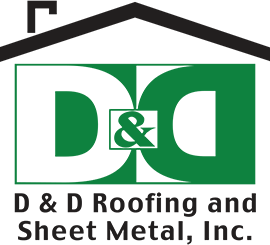The internet has made it much easier to do some research on house renovation projects and find do-it-yourself videos. However, here at D&D Roofing and Sheet Metal, Inc., we recommend that you let the experts take care of complicated projects like attic insulation.
From reading guides and watching how-to videos online, you may think that insulating your attic on your own may seem uncomplicated. But you might commit mistakes that could impact your safety and affect the installation's effectiveness. Here are things you need to consider when having your attic insulated.
Maintaining a comfortable temperature
One of the main challenges of those who live in a cold climate is keeping their house warm, especially during brutal winters. Insulation can get quite expensive, too. According to this Short-Term Energy Outlook from the US Energy Information Administration, prices of heating oil and natural gas are constantly rising in most parts of the country every year.
You can save a few bucks by adjusting your thermostat, but that's just a short-term solution. A long-term solution is to get your unfinished attic insulation fixed, which can bring down your heating bill by 10–50%. Properly insulating your attic can also be useful in warm climates, as it helps regulate your house’s internal temperature for when you need your house to be cooler.
The downside of using the attic for storage
Using your attic for storage may seem practical perhaps because it's spacious enough to house your old stuff. But doing so might be preventing you from effectively insulating it.
That would be a shame because adding insulation material to the attic floor is practical and one of the most inexpensive ways to insulate an attic. But you can't do that with plywood covering the floor, mainly because you won't be able to put sufficient insulation material underneath it.
Once you've reconsidered using the attic as a storage area, all you need to do is pull up the flooring and add extra insulation material on top of the old ones.
Selecting the best insulation type and material
Ask your roofing contractor for help with this one, as attic insulation either comes in loose fill or batt (also known as blanket insulation), which can both be layered over existing material or installed in uninsulated attics. Once you have chosen an insulation type, examine the materials' labels, prices, and options to get the right product.
Loose fill insulation fibers are stuffed in bags and blown into the part of the attic floor to be insulated using special machines.
This material is perfect for:
- Low-clearance attics with limited headroom
- Attics with existing insulation that needs to be topped
- Attics with many obstructions to work around
- Attics with nonstandard or irregular joist spacing
Batt, on the other hand, is a flexible material that is normally packed in rolls of standard widths and various thicknesses (approximately 16 inches and 24 inches) that fit between studs and joists in the framing of the house. Adding more than one layer to get the ideal insulation level is also relatively easier when using this insulation material.
This material works best with:
- Attics with enough headroom for moving around while installing
- Attics with few obstructions to work around
- Attics with typical joist spacing, particularly those areas without insulation
Attic insulation may be tough, but it's nothing that roofing contractors like D&D can't handle. With a properly insulated attic, you’ll enjoy comfortable indoor temperatures no matter the season, and enjoy huge savings.
D&D Roofing and Sheet Metal, Inc., Inc. is a premier roofing contractor that specializes in all types of roofing maintenance and installations. Our expert crew will be with you each step of the way, whether you need leaks and gaps fixed, missing tiles replaced, or your building's appearance spruced up. Get in touch with us today and we'll give you a free estimate.

